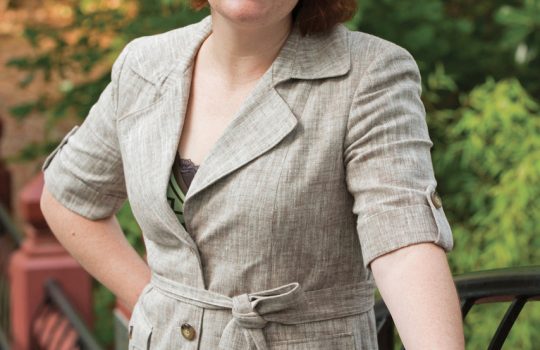Patrick Weber to lead Fermilab’s South Dakota Services Division
- Deep Underground Neutrino Experiment
- DUNE
- LBNF
- Long-Baseline Neutrino Facility
- people
- Sanford Lab
- Sanford Underground Research Facility
- South Dakota
The South Dakota native will put his expertise in government and education to work supporting the LBNF/DUNE project.









